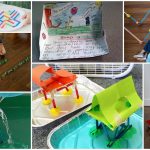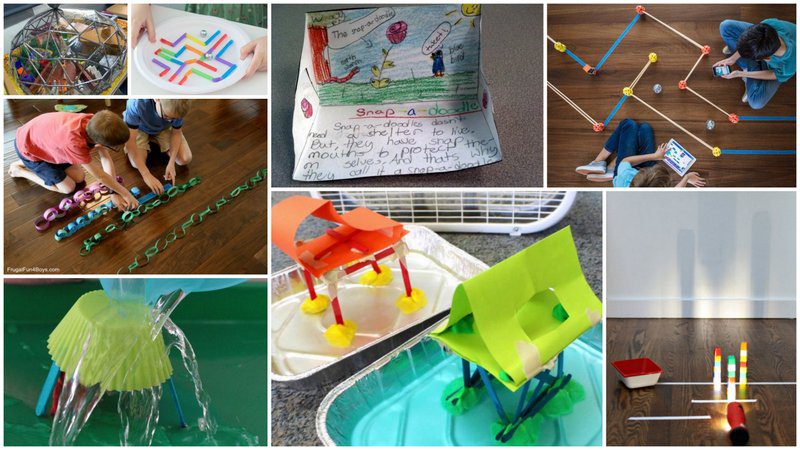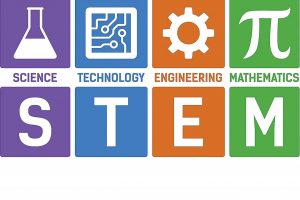For many students, STEM subjects like math and science seem intimidating, boring, and disconnected from their interests and aspirations. This leads to disengagement that negatively impacts learning outcomes. Making STEM education more fun, hands-on, and relevant improves student attitudes and achievement in technical disciplines. Here we explore strategies for creating engaging STEM learning experiences.
Hands-On Learning
Active experimentation brings STEM concepts to life over passive studying. Designing projects, building models, running experiments makes abstract lessons tangible. Education scholar Dr. Melina Alexander states, “Hands-on learning activates motor and sensory areas of the brain, improving motivation, ownership, and retaining STEM concepts.” Some engaging hands-on activities include:
Science Experiments
- Mixing chemicals to observe reactions
- Dissecting animal organs to understand physiology
- Growing plants with varying fertilizers or light conditions
- Using microscopes to examine microscopic organisms
Engineering Challenges
- Constructing towers, bridges, or catapults from limited materials
- Programming robots to navigate obstacles or accomplish tasks
- Designing water filtration or earthquake resistant structures
- Building circuits to power devices or solve electrical issues
Math Games
- Estimation contests around the classroom or outdoors
- Math scavenger hunts to locate examples of concepts
- Card games, bingo, and relays practicing math operations
- Creating story problems connected to students’ lives
Coding Activities
- Developing interactive games, stories, and animations
- Controlling programmable drones, robots, or other devices
- Designing mobile apps to teach concepts or automate tasks
- Using data to model simulations of real-world systems
Cultivate Curiosity
Leveraging student curiosity by encouraging exploration instills motivation and interest. Open-ended challenges with multiple solutions ignite creative problem solving. Questions and experiments driven by learners’ own inquiries also tap into curiosity. Education advocate Nikhil Goyal states, “Curious students have lower thresholds to persist through STEM struggles. Nurturing that innate curiosity is key to engagement.”
Relatable Contexts
Framing STEM lessons around contexts familiar to students’ lives makes material relatable and memorable. Examples include designing software for school needs, applying math in sports analytics, exploring physics of amusement park rides, or coding video games they enjoy playing. Carnegie Mellon University researchers found contextualizing STEM instruction resulted in the highest gains in both learning and student motivation.
Immersive Technology
Digital tools provide interactive and immersive learning experiences impossible otherwise, especially for abstract concepts. Virtual reality, augmented reality, and simulations make learning participatory. University of Maryland studies on VR science labs found students felt intensely engaged, retained more concepts, and increased STEM career interest.
Enjoyable Classroom Culture
Classrooms focused purely on high-stakes testing and performance pressures inhibit engagement and participation. Incorporating play, peer interaction, humor, and low-stakes creative work fosters enjoyable classroom cultures where students feel safe to take risks. According to Dr.ENERGY project research, “Positive classroom climate is a gateway factor influencing all other engagement and achievement measures in STEM.”
Real-World Connections
Highlighting STEM applications outside of academics make lessons feel meaningful. Discussing career paths, meeting industry mentors, touring STEM companies, or hearing guest speakers connects class content to real world relevance. Talking with diverse role models also expands students’ vision of who can succeed in technical fields.
Student Choice
Providing choices in assignments and projects empowers students and caters to diverse interests. Options might include:
- Picking project topics reflecting personal passions
- Choosing lab partners or group members
- Selecting presentation formats like videos or posters
- Voting on class experiments from a teacher curated list
Michigan State University researchers found perceived autonomy improves STEM motivation and course completion rates, especially for female and minority students.
Games and Competitions
Incorporating games and friendly competition makes STEM learning social and motivates mastery. Examples include Tower defense games to learn coding, Jeopardy review games, electronic circuitry competitions, or leaderboards tracking practice progress. Carnegie Mellon studies found games increased STEM course completion rates 15% by tapping into students’ drive to succeed.
Connections Across Disciplines
Exploring STEM through other subjects like art, history, reading, or music exposes more students with diverse talents to appreciate technical concepts. Examples include designing physics rollercoasters, coding musical compositions, mathematically analyzing works of art, or applying geometry when studying ancient monuments. Research by the Cross Curricular Expeditions program found teaching STEM across disciplines increased students’ STEM confidence, identity, and pursuit of STEM majors by 60% compared to traditional siloed instruction.
Outdoor Learning
Experiential learning outdoors in nature makes STEM activities feel like adventures not schoolwork. Students can design nature habitats, use geometry to map areas, leverage physics for shelter construction, or apply botanical science concepts through gardens. Stanford’s Resources for Integrating Nature in Education found students progressed up to 60% more on science assessments through outdoor learning while improving engagement and environmental attitudes.
Creating enjoyable STEM experiences ensures students associate technical subjects with curiosity, collaboration, and fun versus drudgery. This engages diverse learners early, nurtures persistence, and develops the next generation of passionate STEM talent beyond just the gifted few. Making STEM education engaging and participatory is key to preparing all students for the increasingly technology infused world they will build.

















